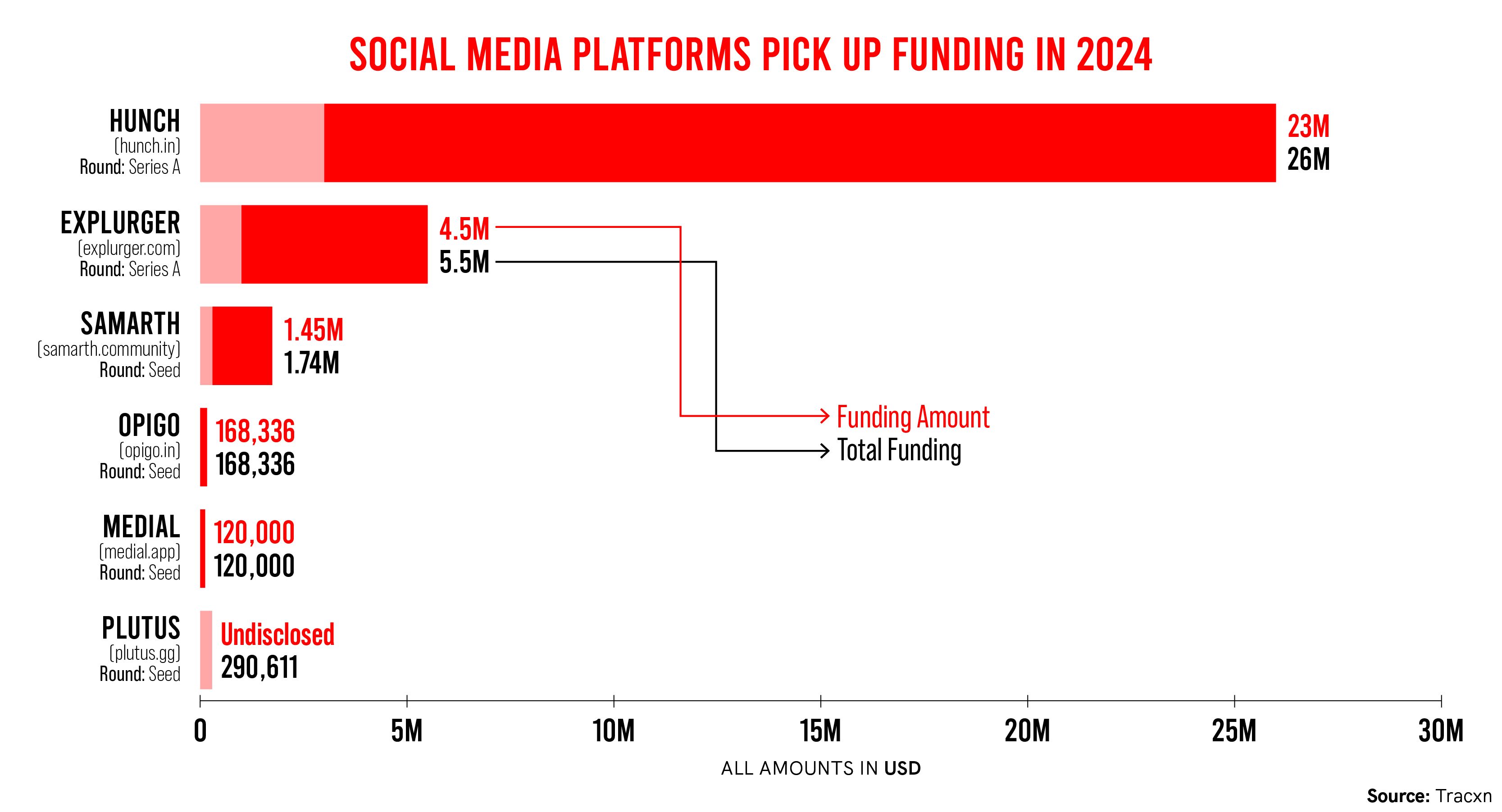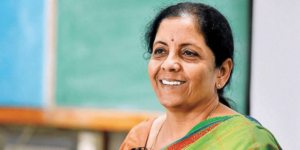
Few years have been as dramatic as 2020. It was the time of a global pandemic and uncertainty, and in India’s social media ecosystem—a time when startups doubled down on their attempts to make platforms that could rival popular social networking sites.
The ban of TikTok in India in 2020 led to the growth of players like Moj, Chingari, TakaTak, and even most recently, Zee’s HiPi.
X (formerly Twitter) also found a copycat in Bengaluru-based social media network Koo. The startup was born in 2020 and has so far raised nearly $34 million. ShareChat parent Mohalla Tech launched Moj in July of the same year. Later, in 2022, Moj and MX Media-backed MX TakaTak announced a strategic merger.
Despite initial traction, none of the homegrown apps have come close to pulling users away from social media giants. Sharechat, the biggest of them all, has about 250 million, while Chingari has about 40 million active users.
Startups, however, are continuing to develop apps in hopes of building the next social media powerhouse.
So far in 2024, at least six of new-age social media startups have raised funding. Of the new lot, Dubai-based social discovery app Hunch has secured $23 million in Series A funding led by Alpha Wave, Hashed, and other investors. The platform, launched by Ish Goel, Nitika Goel , and Kartic Rakhra plans to scale both in the US and India.

The challenge is significant—Meta-owned Facebook and Instagram hold considerable sway in the country. Instagram has 516 million users while Facebook has 366 million users in India.
Also, while TikTok has become the go-to place for information for Gen-Z as well as older users across the world, Indians rely on YouTube and Instagram for news.
Per research by Kantar released last year, 93% of people it surveyed said that they get their news from YouTube, followed by social media websites including Instagram and Facebook at 88% and instant messaging apps at 82%.
“We are too large and diverse to not have our own social media platforms. We cannot only be importing social networks and their algorithms – we will build our own, and enough founders are trying,” says Kanika Agarrwal, Partner at India Quotient, which has backed players like Sharechat and Gyanapp, two homegrown social media players.
Building the next wave of social media apps
Most new age players are trying to build a niche platform that either caters to a particular type of group of users or provides unique user experience. For instance, Medial founded in 2022 by Niket Raj Dwivedi, Aishwarya Raj Pandey, Prateek Kaien, and Harsh Dwivedi focuses on building a platform specifically for the startup audience.
On the other hand, Hunch only uses polls as a way to interact on the platform.
Founders of new-age social media platforms are also fine-tuning user experience.
“If you’re trying to build an app for the Tier-II, Tier-III audiences then a normal app would work, but building for the Tier-I audience means you would also need to replicate an experience that is similar to any prime apps out there,” says Dwivedi.
“Not just India, overall, people have given up that there cannot be another social media platform out there [to rival the big players]. This is a statement I’ve heard often in my discussions with other people…the biggest challenge for Indian founders will be to build the right tech talent, algorithms for discovery that is personal to an individual user,” he adds.
Devansh Mehta, the Founder of OpiGo, a social platform for investors, says from the get-go, their strategy was to ideate on features that weren’t available on Instagram and Twitter to build out their platform. “So we ended up building a card format where you don’t have to text or type anything to share an idea you have to create a card, and this is a custom template that we created… this is something missing on a platform like Twitter,” he adds.
User acquisition, however, remains a significant hurdle.
“The biggest challenge is how much of the internet is currently controlled by the incumbents so user acquisition is tough and expensive across sectors,” says Agarrwal of India Quotient.
What’s next in the social media space?
It’s likely that the next phase in social media will come from young folks with a bright idea, says Agarrwal.
“The kids don’t want to use what their parents do so there is always an evolution of product…We’re seeing interesting ideas around engineering IRL conversations, using gaming as a wedge, etc. So it is interesting to see how founders try and build network effects in a small, atomic network to find product market fit and then scale that,” she says.
Figuring out monetisation is still part of the puzzle for most of these startups. “We aren’t thinking too much into it, but I think microtransactions are the way to go and is the future for us…typically only about 10% to 15% of your user base in social media converts to monetisation… but for now the goal is to build sustainably,” says Dwivedi.
Sustainability will ultimately be key to scale at least in India. Miyank Bidawatka, Co-founder of Koo, has said that Koo was on the lookout for partners to help it achieve its global vision. Similarly, another domestic player Chingari has also made multiple pivots, including to a live one-on-one chat feature for users.
For the Indian social media app scene, for now it is wait and watch.
Edited by Affirunisa Kankudti





![Read more about the article [EXCLUSIVE] Chingari’s Sumit Ghosh on controversies, pivots and why the Salman Khan ad was a mistake](https://blog.digitalsevaa.com/wp-content/uploads/2023/06/ChingariFeatureIMG-1687933675634-300x150.jpg)



![Read more about the article [Startup Bharat] How a cancer survivor decided to start this Vadodara-based wellness brand](https://blog.digitalsevaa.com/wp-content/uploads/2021/03/SB-1617098550123-300x150.png)
